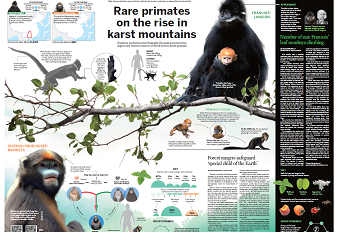Two sessions reveal solutions to poverty, and the path to innovation

Erik Nilsson. [Photo provided to China Daily]
I have seen Beijing's skies turn from gray to blue.
I have witnessed China's poverty alleviation miracle come true.
And I have experienced how Chinese technology has changed lives throughout the country and the world.
Such transformations have become apparent to me as I have traveled to every province as a journalist over the past 12 years, and have attended the annual sessions of the National People's Congress and the Chinese People's Political Consultative Conference National Committee since 2017.
I have been struck by how the outcomes of the two sessions emanate from the Great Hall of the People to become real and dramatic changes throughout the country.
I was heartened when Premier Li Keqiang said that the government would ramp up efforts to tackle the smog that often blotted out the skies in the country's north when delivering the Government Work Report at the 2017 two sessions.
Beijing's average PM2.5 - the most hazardous kind of air pollution - dropped by 20.5 percent the following year. This was a change I could see from my window - leaden skies increasingly turned cobalt blue.
The Ministry of Ecology and Environment also announced at the two sessions last year that the government would undertake a three-year campaign to improve air quality.
This means we will enjoy a sunnier future, in every sense.
But perhaps the most dramatic transformation I have seen has been China's poverty alleviation.
The country has hoisted about 800 million people out of extreme poverty in the past four decades. That is 70 percent of all people stricken with dire poverty on our planet. And China plans to eliminate extreme poverty by 2020.
I spent much of the past 12 years exploring poverty solutions in inhospitable places such as Guizhou province's karsts and the prairies of the planet's "third pole" - the Qinghai-Tibet Plateau.
I have witnessed an almost unbelievable transformation in the nomadic communities on Qinghai province's frigid highlands, where I started a volunteer initiative eight years ago.
At first, we brought solar panels to schools without electricity, and computers to classrooms. Then our volunteer work shifted toward university scholarships and surgeries for children with disabilities.
That was because the government built the infrastructure and equipped classrooms, rapidly progressing toward bringing the schools in isolated areas up to the same standards as those in developed coastal metropolises.
A growing number of herders today even use smartphones.
It has been incredible to witness how technology is transforming every corner of the country, and especially how mobile internet is changing everyday life.
Not only does China's e-commerce increasingly bring goods into remote rural communities, it also allows them to sell to the people throughout China and the rest of the world.
And in China's urban areas, nearly every good or service - no matter how niche - has become available with a few finger taps in the past few years.
China's high-tech manufacturing increased by an average of 11.7 percent annually during the five years before 2018, according to last year's Government Work Report. The report also stated that the contribution to economic growth from technological advances increased from 52.2 to 57.5 percent during that period.
Areas with remarkable progress include big data, artificial intelligence and the internet of things.
I recently visited big data centers in Guizhou, which has long been one of the country's poorest provinces because of its karst terrain. But the government has turned its topography from a bane into a boon by taking advantage of the fact that such seismically and climatically stable geology is ideal for hosting the hardware for storing data.
The province's data economy expanded by 37 percent in 2017, and the value that it will add is forecast to account for 30 percent of Guizhou's GDP by next year.
I recently rode in a driverless car developed in Shanghai, where I was also nearly run over by a robot in an automobile factory. While the machine did not hit me, the realization of how China's smart manufacturing is advancing did.
I also underwent a rehabilitative tai chi routine taught by a virtual instructor guided by the internet of things in Wuxi, Jiangsu province. I look forward to covering this year's two sessions and being on the ground as history is made.
I am excited to see firsthand how the decisions made during this year's two sessions will continue to transform every corner of the country - and the world - in the years to come.
京ICP备13028878号-8







 Overview
Overview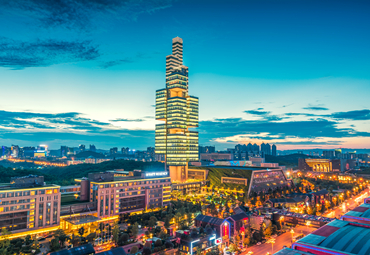 Guiyang
Guiyang Guian New Area
Guian New Area Liupanshui
Liupanshui Anshun
Anshun Qianxinan
Qianxinan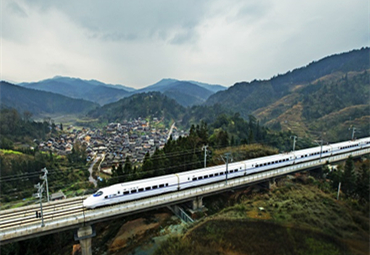 Qiandongnan
Qiandongnan Qiannan
Qiannan Zunyi
Zunyi Tongren
Tongren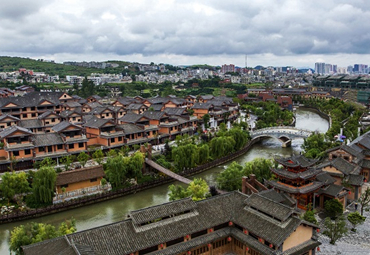 Bijie
Bijie 18th Guizhou Tourism Industry Development Conference
18th Guizhou Tourism Industry Development Conference 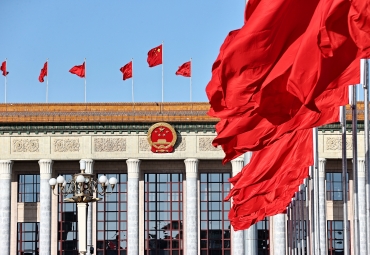 Guizhou voice at 2024 national two sessions
Guizhou voice at 2024 national two sessions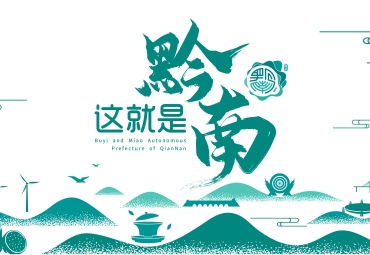 Discover natural beauty in Qiannan, Guizhou
Discover natural beauty in Qiannan, Guizhou 
